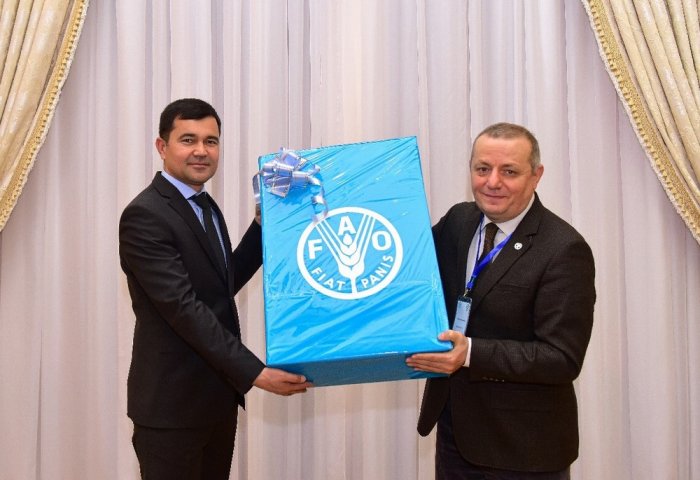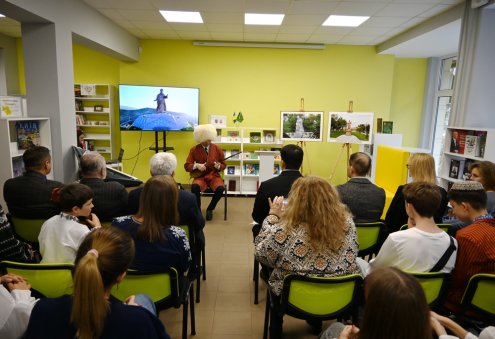In an effort to fundamentally reform the agricultural and environmental sectors and to further enhance operational efficiency and governance, the President of Turkmenistan, Serdar Berdimuhamedov, has made significant decisions regarding the structure of the country’s agro-industrial sector.
On July 14, 2023, the President of Turkmenistan signed Decree No. 240, establishing the Ministry of Agriculture of Turkmenistan and the Ministry of Environmental Protection of Turkmenistan. As a result, the former Ministry of Agriculture and Environmental Protection was reorganized, and two separate ministries were created: the Ministry of Agriculture of Turkmenistan and the Ministry of Environmental Protection of Turkmenistan.
Following the establishment of the Ministry of Environmental Protection, which serves as the primary national partner of the FAO/GEF project “Integrated Natural Resource Management in Drought-Prone and Salt-Affected Agricultural Production Landscapes in Central Asia and Turkey (CACILM-2),” there arose a need to strengthen the technical infrastructure of the new ministry. This included providing the central office and its subordinate divisions with IT equipment to efficiently fulfill tasks related to implementing the state’s environmental policy.
To address this need, the CACILM-2 project procured a set of modern equipment (15 desktop computers, 15 laptops, two powerful servers with accompanying data storage equipment, two multifunctional color printers, and a plotter (color inkjet printer) for printing cartographic information). This equipment was handed over to the Ministry of Environmental Protection and its affiliated agencies, including the Forest Management Department and the National Institute of Deserts, Flora, and Fauna (NIDFF), to be used in both scientific and practical activities.
This modern equipment will enhance the Ministry’s technical capacity and contribute to the implementation of Turkmenistan’s Digital Economy Development Concept for 2019-2025, adopted by the President of Turkmenistan. It will also facilitate the more effective use of digital systems in addressing issues such as drought, desertification, and land degradation, as well as in creating maps of agricultural production landscapes using GIS technologies.
Source: FAO



30635-495x4352.jpg)




30457-495x4352.jpg)
30635-90x604.jpg)




30625-90x604.jpeg)
_(1)30624-90x604.jpg)


